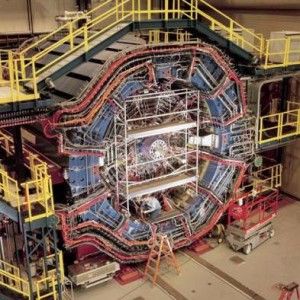This case study discusses how we met linear accelerator cooling requirements for a federal laboratory.
The Challenge:
Air Innovations was approached to design and build a linear accelerator cooling system for a silicon pixel sub-detector (PXL) inside the “STAR” detector, which is located inside the linear accelerator of a federal laboratory. Weighing 1,200 tons and as large as a house, the STAR detector—a Solenoid Tracker designed to search for signatures of quark-gluon plasma (QGP) and part of a Relativistic Heavy Ion Collider (RHIC)—tracks thousands of particles produced by each ion collision in the RHIC. Physicists use the RHIC to study what the universe might have looked like in the first few moments after its creation.
Meeting the proper linear accelerator cooling requirements would be demanding. Space restrictions and the original, undersized ductwork limited the available ventilation to the PXL housed inside the STAR detector, which caused the system to run the risk of overheating. The STAR detector and RHIC also required cleanroom-quality air. Ambient conditions ranged from 65°F to 85°F with 10% to 50% RH.
The Solution:
Due to the existing space restrictions and equipment configuration, Air Innovations’ cooling system uses an unusually high static pressure with specialized blowers to navigate the original, undersized ductwork. The environmental cooling unit (ECU) was provided with both feet and casters to accommodate installation challenges. Maintaining temperature in this environment requires constant cooling of the airflow in a single-pass arrangement. Air Innovations also added dehumidification to the system because dry, non-condensing air was critical to the research process.
The Result:
- All design specifications were met within the 9-week lead time
- The environmental control system included cooling, heating, dehumidification, pre-filtration, and HEPA filtration
- Design output conditions of 72°F ± 2°F and <50% RH
- 300 – 600 CFM variable operational range
- 5.2” water column external static required due to high duct losses
- All controls available via remote communication through ModBus
- Water-cooled condenser and hot-gas bypass refrigeration control
- UL certified
If you would like to see case studies for other industries, view our general case studies page. We also have whitepapers available covering the aerospace industry, the semiconductor industry, and our Micro Environments product line. These whitepapers can be found here.

